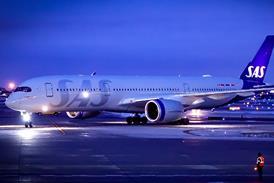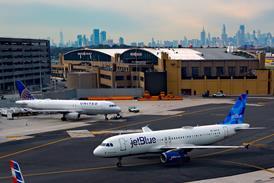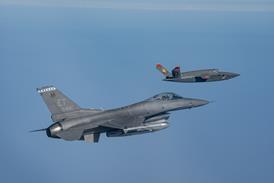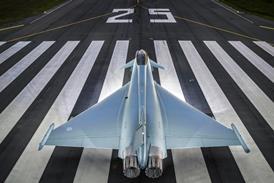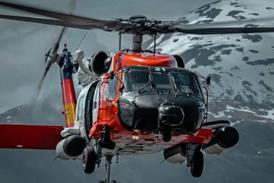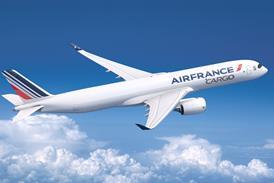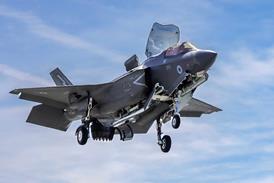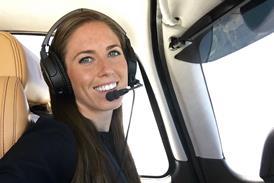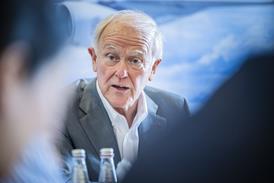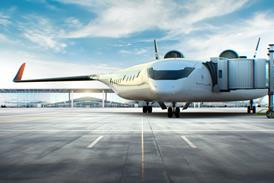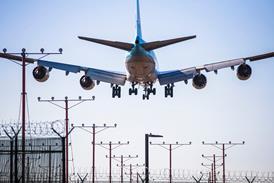AirAsia has signed for 50 additional Airbus A321XLR aircraft, placing its first order since the Covid-19 pandemic.
The deal, announced in Paris on the sidelines of a state visit to France by Malaysian prime minister Anwar Ibrahim, is valued at more than $12.2 billion, says airline founder Tony Fernandes.
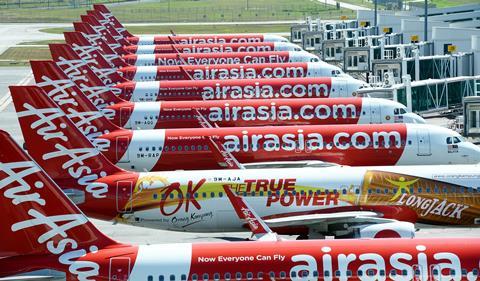
The deal is on top of the low-cost airline group’s existing commitments for 20 A321XLRs, and also includes options to convert up to 20 of its existing A321neo orders for the longer-range variant.
The AirAsia Group, which has units in Malaysia, Thailand, Indonesia, the Philippines and Cambodia, has more than 300 A321neos on order. In February last year it converted 62 A321neo orders, one for one, to A321LRs.
Fernandes, who is the CEO of AirAsia parent Capital A, confirms that the first A321XLR will be handed over in 2028, though the airline group is in discussions to bring forward that timeline. The first A321LR will be delivered in 2026, and the airline group will be taking four during the year.
FATE OF A330NEO ORDERS UNCERTAIN
The longer-range jets will allow AirAsia to “fly all over the world on a narrowbody”, says Fernandes, who reiterates the airline’s ambition to be a “low-cost network carrier” in the long term. AirAsia in 2024 revealed similar plans to expand its network beyond Asia-Pacific into Europe and North America.
“A narrowbody obviously gives us a lot less risk in terms of studying new routes, and [it] gives us the opportunity to go to many more destinations that we couldn’t have gone to before [with a widebody aircraft],” he adds.
AirAsia sister unit AirAsia X currently operates A330-300s on medium- to long-haul routes, and has A330neos on order.
Fernandes on 4 July hinted that the AirAsia group, which is being divested by Capital A to AirAsia X, would be an all-narrowbody operator in 10 years, with over 500 Airbus jets in its fleet by then.
“My personal preference would be to exit the widebody operations, as part of our whole restructuring,” he says, adding that AirAsia is in discussions with Airbus over the fate of its A330neo orders.
Fernandes says the widebodies – configured with close to 380 seats – are “too large” for AirAsia to expand to secondary cities in Asia.
”Many routes in Asia we couldn’t do because the A330 was too large: if you look at Busan or secondary cities in Japan, like Hiroshima or Nagoya. [We can also operate] direct point-to-point routes, on top of our connecting network. From Bali…[and] Penang, we can fly to lots of destinations in China and India as well. So this really opens our market,” Fernandes states.


